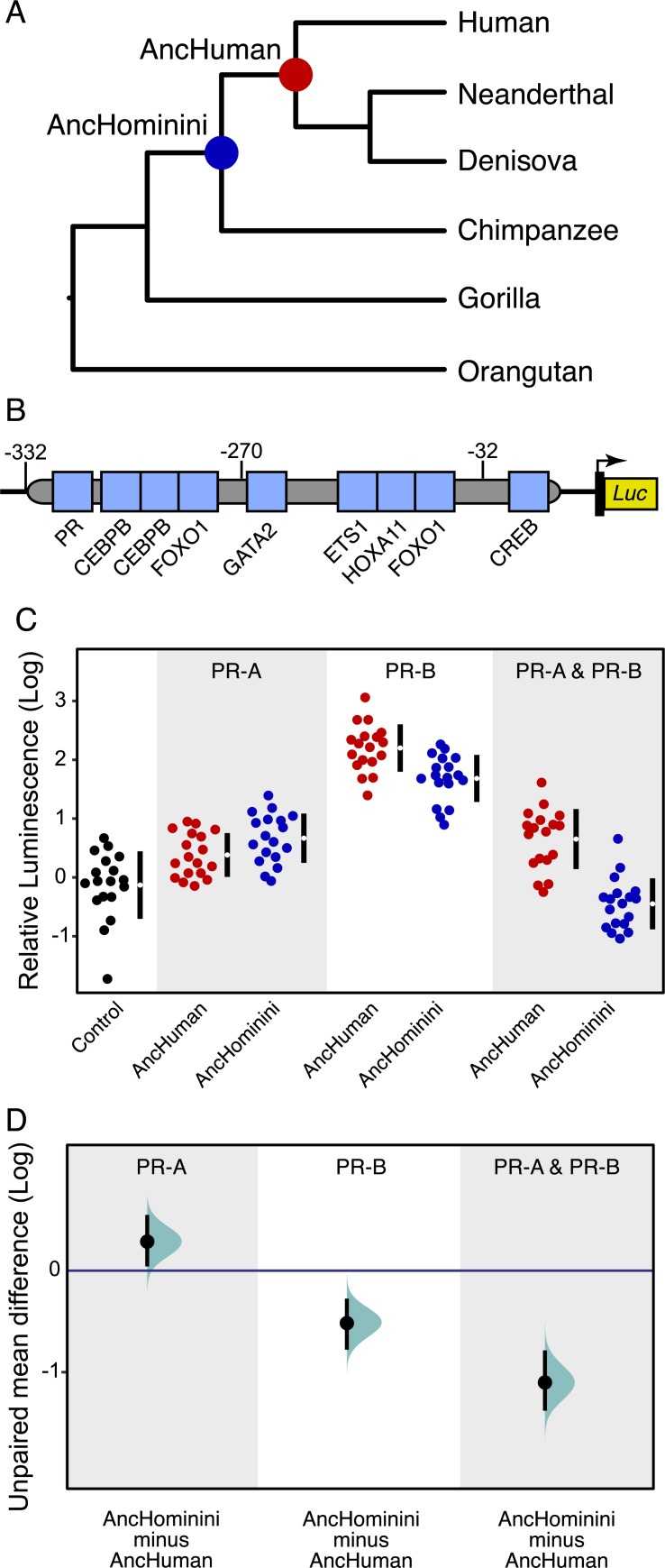Fig 3. Functional divergence of the human progesterone receptor.
(A) Hominini (African ape) phylogeny, nodes with ancestral sequence reconstructions are indicated. (B) The dPRL-332 luciferase reporter vector with the location of experimentally verified transcription factor binding sites. (See main text for references). (C) Strip chart showing relative luminescence values, standardized to negative control (log scale). Mean is depicted as a white dot; 95% confidence intervals are indicated by the ends of the black vertical error bars. (D) The mean difference in luminescence of AncHuman against AncHominini shown as a Cumming estimation plot (log scale). Mean differences are plotted as bootstrap sampling distributions (n = 5,000). Each mean difference is depicted as a dot, 95% confidence intervals are indicated by the ends of the black vertical error bars. The AncHuman PR-A was a weaker trans-activator than the AncHominini PR-A (Mann-Whitney P = 0.035), while the AncHuman PR-B was a stronger trans-activator than the AncHominini PR-B (Mann-Whitney P = 9.46×10−4). The ability of AncHuman PR-A to repress AncHuman PR-B was weaker than AncHominini PR-A on AncHominini PR-B (Mann-Whitney P = 3.06×10−6).

